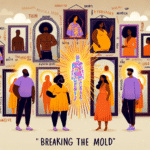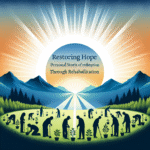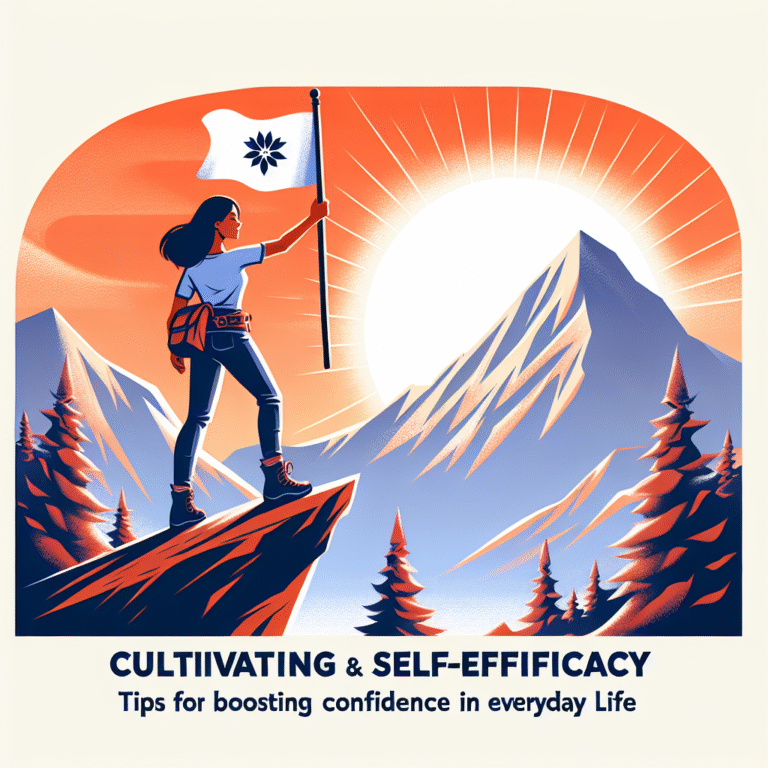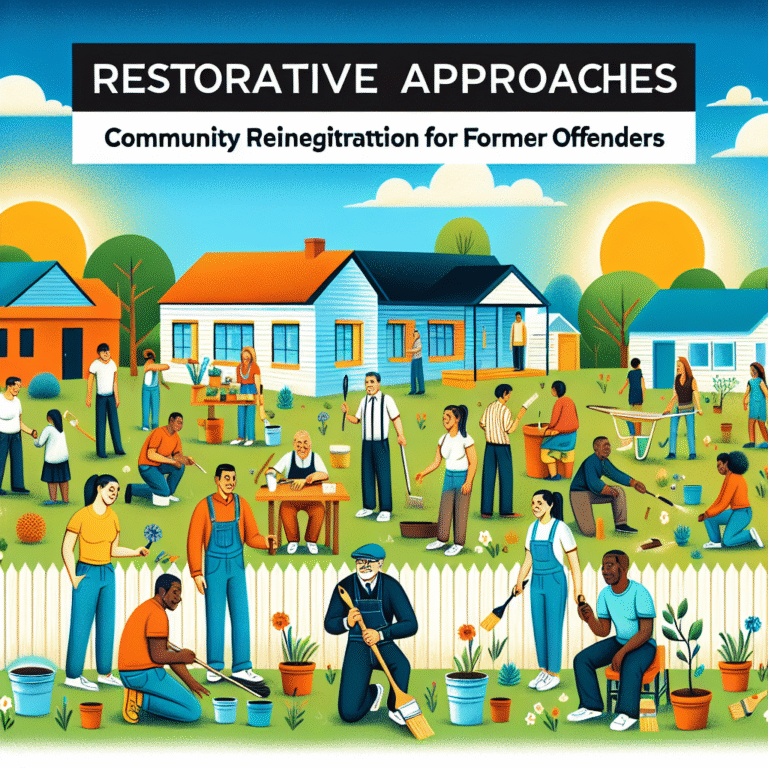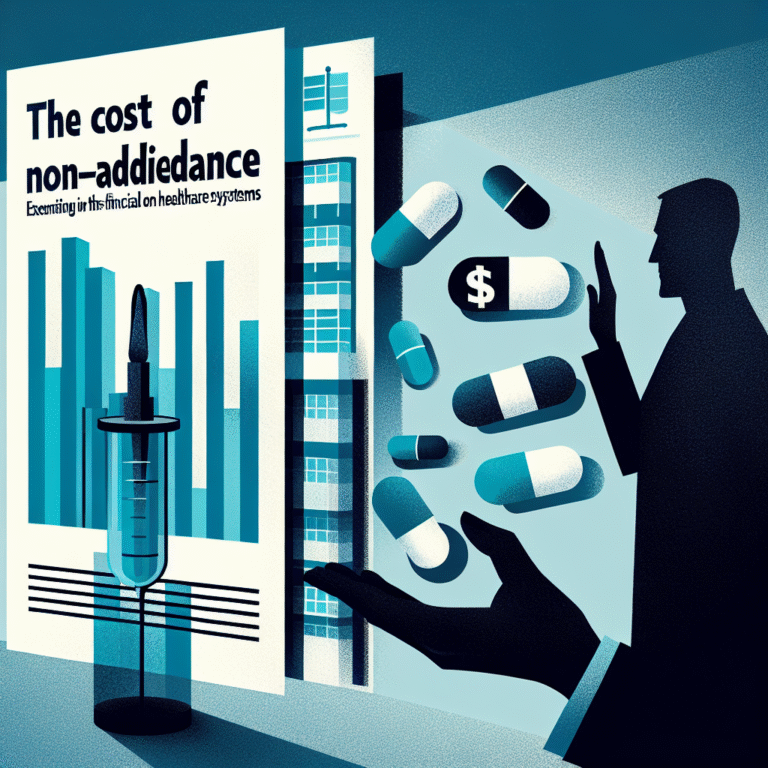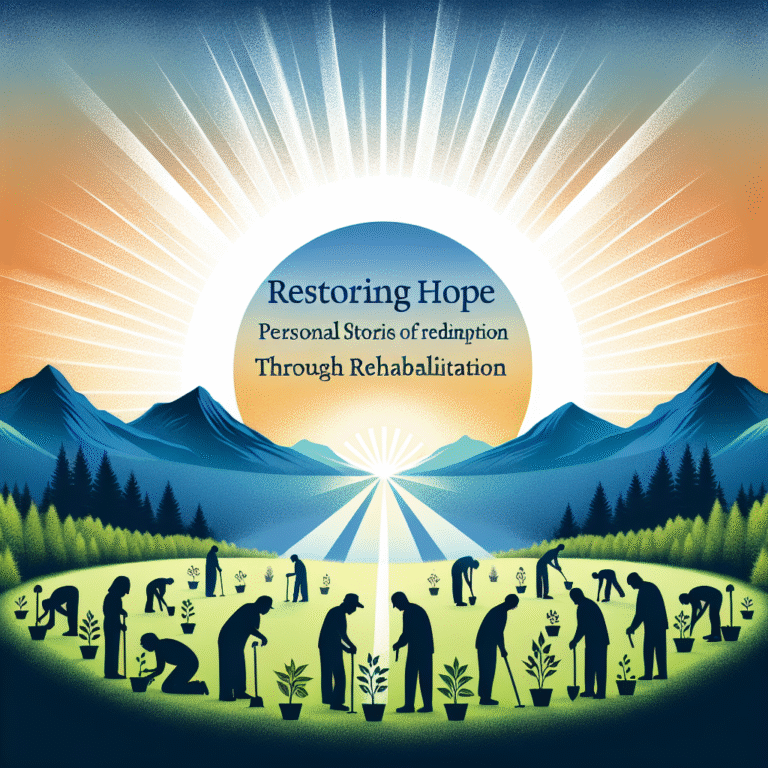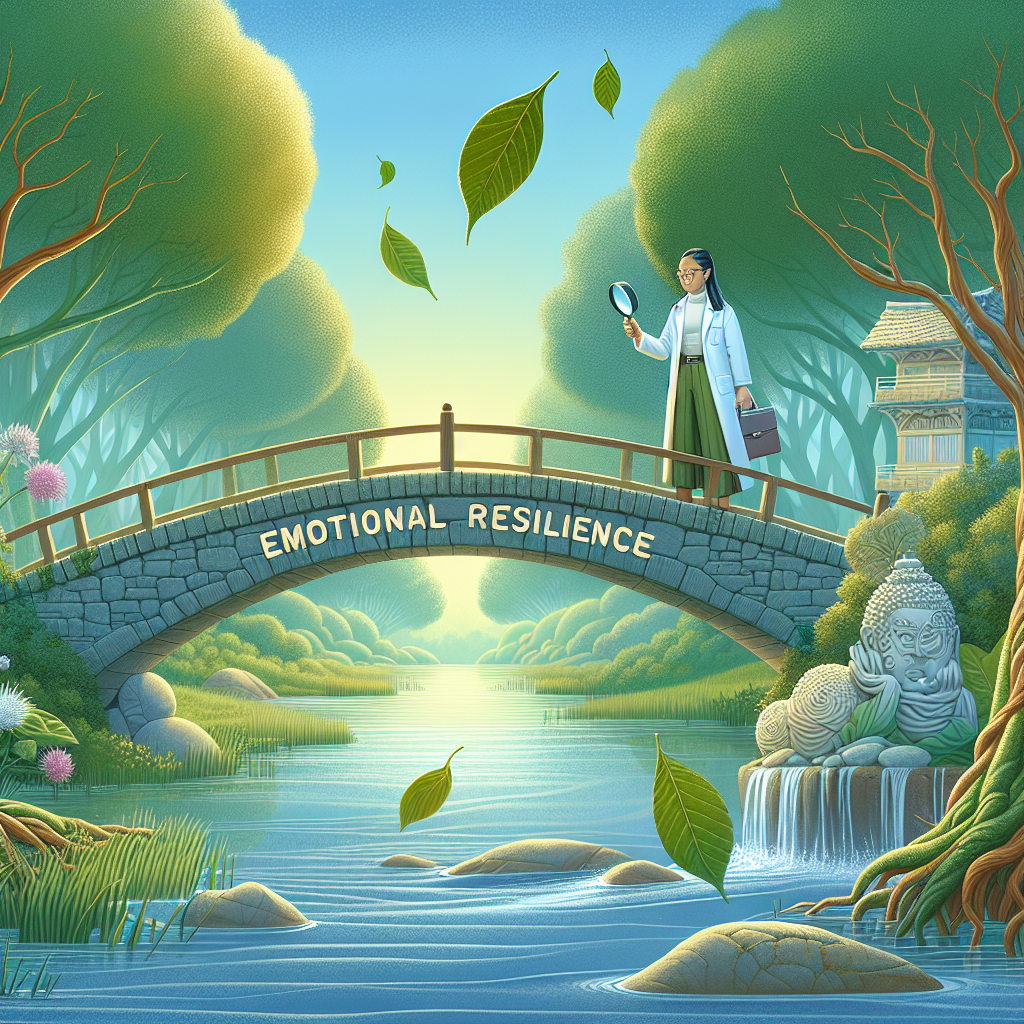
Introduction
Life is a rollercoaster of highs and lows, and our ability to navigate these emotional fluctuations often defines our quality of life. Enter the science of emotional resilience—a fascinating field that explores not only why some people can bounce back from adversity while others struggle but also how anyone can cultivate resilience skills. In this article, we will delve into the essential aspects of emotional resilience, supported by scientific research, practical applications, and inspiring case studies. The goal? To empower you with the knowledge and tools needed to become more resilient, ultimately ensuring that you can bounce back stronger from life’s challenges.
Understanding Emotional Resilience
What is Emotional Resilience?
Emotional resilience is the ability to adapt to stressful situations, trauma, and adversity, bouncing back from challenges and even thriving in the face of difficulties. It’s not about avoiding stress; instead, it’s about facing it head-on and leveraging it for personal growth.
- The Four Pillars of Emotional Resilience
- Emotional Awareness: Recognizing and understanding your emotions.
- Cognitive Flexibility: The ability to shift thoughts and perspectives.
- Social Support: Building and maintaining strong relationships.
- Self-Care Strategies: Engaging in activities that nurture your body and mind.
The Science Behind Resilience
Research in psychology has unveiled fascinating insights into resilience. A seminal study by Dr. George Bonanno found that many people experience resilience after traumatic events, with certain traits contributing significantly to this ability. These traits include optimism, emotional regulation, and a strong social network.
In essence, the science of emotional resilience reveals that while genetics and early life experiences can influence resilience, it is not a fixed trait. Instead, it can be nurtured and developed over time.
Case Studies in Emotional Resilience
Case Study 1: The Power of Perspective Shift
Consider the story of Heather, a 32-year-old who lost her job unexpectedly. Initially overwhelmed by fear and anxiety, she eventually attended a resilience training program. One exercise focused on perspective shifting; she learned to view her job loss as an opportunity for personal growth.
Analysis
Heather’s journey illustrates the direct impact of cognitive flexibility on emotional resilience. By reframing her situation, she began to not only recover but also explore new career avenues, eventually finding a role that better aligned with her passions.
| Situation | Initial Reaction | Resilient Shift | Outcome |
|---|---|---|---|
| Job Loss | Fear/Anxiety | Opportunity for Growth | New, fulfilling job found |
Case Study 2: Building a Support Network
Next, we examine John, a 45-year-old father whose wife was diagnosed with a chronic illness. Initially isolated in his feelings, John reached out to a support group for caregivers.
Analysis
John’s story emphasizes the critical role of social support in building resilience. By connecting with others facing similar challenges, he not only gained emotional support but also practical strategies to manage his new reality.
| Situation | Initial Reaction | Support Network Importance | Outcome |
|---|---|---|---|
| Wife’s Illness | Isolation | Emotional and Practical Help | Improved coping strategies |
Strengthening Your Emotional Resilience
Now that we’ve explored the foundational elements of emotional resilience and examined real-life case studies, let’s discuss practical strategies you can implement to bolster your own resilience.
1. Develop Emotional Awareness
Emotional awareness is the first step in building resilience. Start journaling about your feelings daily. This practice will enhance your understanding of your emotional triggers and responses.
2. Cultivate Cognitive Flexibility
Practice reframing negative situations. Whenever you encounter a challenge, consciously try to view it from multiple perspectives. Ask yourself, “What can I learn from this?” or “How can this lead to a positive outcome?”
3. Strengthen Your Support Network
Invest time in building and nurturing relationships. Reach out to friends, family, or community groups. Surrounding yourself with supportive people creates a safety net during tough times.
4. Prioritize Self-Care
Regular physical activity, mindfulness practices, and a balanced diet can significantly impact your mental well-being. Treat self-care not as a luxury but as a necessity for emotional resilience.
| Strategy | Description | Expected Outcome |
|---|---|---|
| Emotional Awareness | Journaling to process feelings | Enhanced understanding of emotions |
| Cognitive Flexibility | Reframing adversity | Improved problem-solving abilities |
| Social Support | Building strong relationships | Emotional security and practical support |
| Self-Care | Engaging in physical and mental health practices | Better overall mental resilience |
Conclusion
The science of emotional resilience: how to bounce back stronger is not merely a theoretical concept but a practical set of tools that anyone can apply in their life. By understanding the foundational pillars of emotional resilience, learning from real-world case studies, and employing practical strategies, you can cultivate your own resilience.
Remember, resilience does not mean you will never experience stress or adversity. Instead, it equips you to face life’s challenges with confidence and grace. So, take the first step today—embrace the journey of building emotional resilience and watch yourself bounce back stronger than ever before.
FAQs
1. What exactly is emotional resilience?
Emotional resilience is the capacity to adapt to stress, challenges, and setbacks. It involves emotional awareness, cognitive flexibility, social support, and self-care strategies.
2. Can anyone develop emotional resilience?
Yes! While some individuals may naturally be more resilient due to their genetics or life experiences, anyone can cultivate resilience through practice and dedication.
3. How does social support contribute to resilience?
A strong support network provides emotional nourishment and practical advice, which can help individuals cope better with stress and adversity.
4. Are there specific techniques to improve resilience?
Yes, techniques such as journaling, reframing negative thoughts, seeking support, and maintaining a healthy lifestyle can significantly enhance emotional resilience.
5. How can I measure my emotional resilience?
You can assess your emotional resilience through self-reflection on your coping mechanisms, frequency of stress-related responses, and your relationships with supportive individuals.
In summary, as we journey through life, the science of emotional resilience can be our guide, allowing us to rebound from difficulties and emerge stronger, wiser, and more connected than ever. Embrace the power within you to develop resilience—it is a skill that can transform your life.
